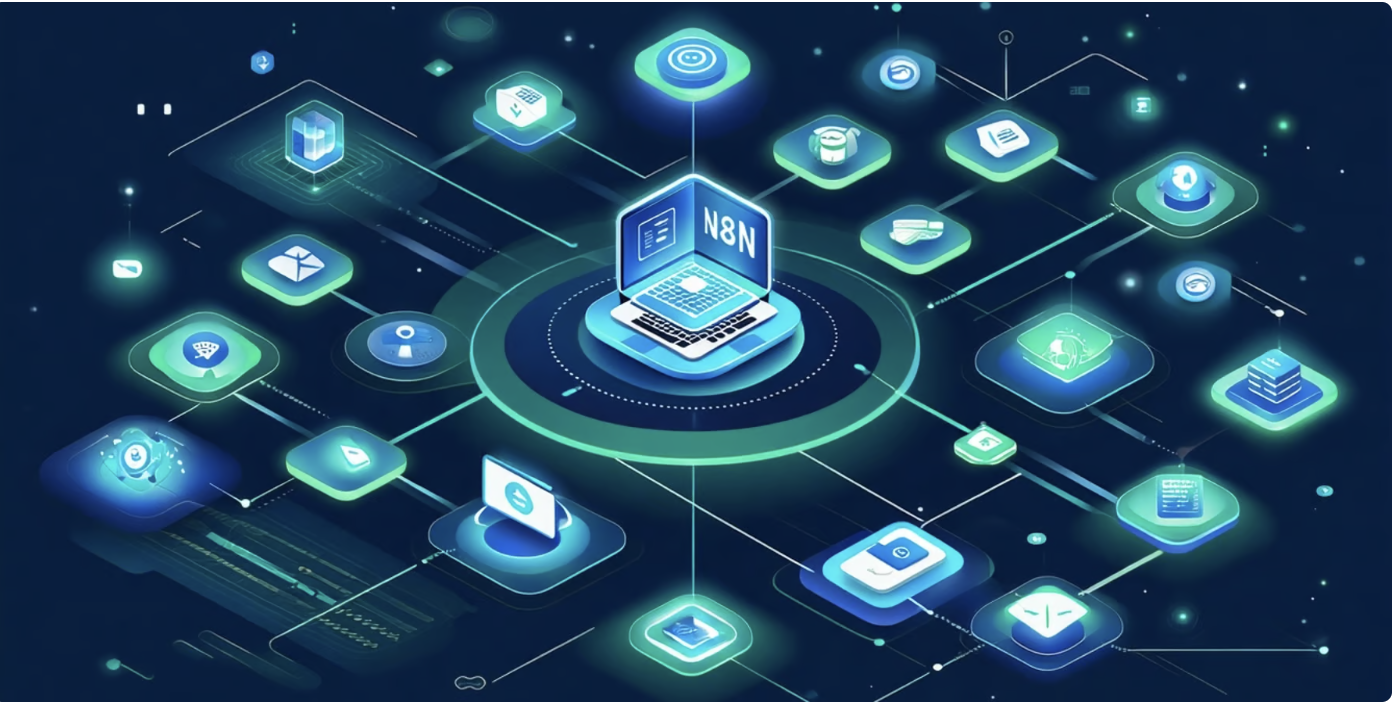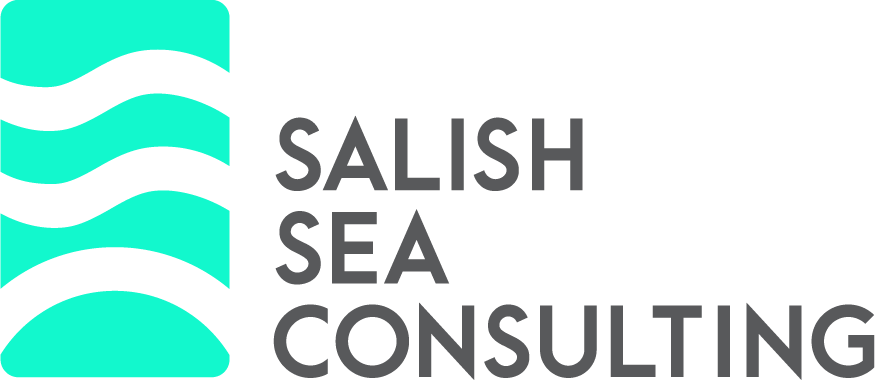Ultimate Guide to Business Automation Software

Introduction to Business Automation Software
Business automation software helps organizations streamline repetitive tasks and improve operational efficiency. These tools reduce manual work, minimize errors, and free up employees to focus on strategic activities that drive growth.
The distinction between general automation and business process automation matters. Simple automation handles individual tasks like sending emails or updating spreadsheets. Business process automation connects multiple steps across departments, creating seamless operations from start to finish.
Companies adopting automation report significant benefits: faster processing times, reduced operational costs, and improved accuracy. A recent study shows organizations save an average of 6.2 hours per employee weekly after implementing comprehensive automation solutions.
Modern businesses face increasing pressure to operate efficiently with limited resources. Automation software addresses this challenge by handling routine operations automatically, allowing teams to concentrate on innovation and customer service.
Business Process Automation (BPA) Fundamentals
Business process automation transforms how organizations operate by connecting systems, data, and people through intelligent software solutions. Unlike basic task automation, BPA orchestrates complex operations spanning multiple departments and applications.
BPA differs from other automation types in scope and sophistication. Task automation focuses on single activities like data entry. Robotic process automation mimics human actions within existing software. Business process automation redesigns entire operations for optimal efficiency.
Key components include trigger events that start processes, decision logic that routes tasks appropriately, integration points that connect different systems, and monitoring capabilities that track performance. These elements work together to create seamless operational flows.
Successful BPA implementations identify bottlenecks, standardize procedures, and eliminate redundant steps. Organizations typically see 25-50% reduction in processing time and 60-80% decrease in errors after implementing comprehensive business process automation systems.
Types of Business Automation Software
Cloud-Based Automation Platforms
Cloud solutions offer quick deployment and minimal IT requirements. Zapier connects over 5,000 applications, making it popular for small to medium businesses. Make.com provides visual automation building with advanced logic capabilities. These platforms charge based on monthly tasks processed.
Self-Hosted Automation Options
N8n and Node-RED give organizations complete control over their automation infrastructure. These open-source solutions require technical expertise but offer unlimited customization. Self-hosted options work well for companies with specific security requirements or unique integration needs.
Enterprise BPA Suites
Large organizations often choose comprehensive platforms like Microsoft Power Automate or ServiceNow. These solutions integrate deeply with existing enterprise software and provide advanced governance features. Enterprise suites typically cost $10-50 per user monthly.
AI-Powered Automation Systems
Intelligent automation adds cognitive capabilities to traditional process automation. Document processing systems can read invoices and extract data automatically. Predictive automation anticipates problems and triggers preventive actions. These advanced systems require larger investments but deliver significant value for complex operations.
Important Features to Look for in Automation Software
Integration Capabilities
Your automation platform must connect with existing business applications. Look for pre-built connectors to popular software like Salesforce, QuickBooks, and Microsoft Office. API support allows custom integrations when standard connectors don't exist.
User Interface and Ease of Use
Non-technical staff should be able to build basic automations without coding. Visual builders with drag-and-drop functionality reduce implementation time. Template libraries provide starting points for common automation scenarios.
Scalability and Performance
Consider how the platform handles increasing automation volume. Cloud solutions typically scale automatically but may have usage limits. On-premise options require capacity planning but offer predictable performance.
Security and Compliance Features
Data protection becomes critical when automating sensitive business processes. Look for encryption, access controls, audit logging, and compliance certifications relevant to your industry. Financial services may require SOC 2 compliance, while healthcare needs HIPAA certification.
Reporting and Analytics
Monitor automation performance through detailed dashboards. Track metrics like processing times, error rates, and cost savings. Advanced platforms provide insights for optimization opportunities.
Business Process Automation Use Cases by Department
Sales & Marketing
Lead scoring automation qualifies prospects based on behavior and demographics. Email nurturing sequences move leads through sales funnels automatically. CRM updates eliminate manual data entry when prospects take actions. Social media posting schedules maintain consistent brand presence.
Customer onboarding automation creates accounts, sends welcome emails, and schedules follow-up calls. Quote generation pulls pricing data and creates professional proposals. Sales reporting aggregates data from multiple sources for accurate forecasting.
Finance & Accounting
Invoice processing extracts data from vendor bills and routes approvals automatically. Expense management captures receipts and matches them to employee submissions. Account reconciliation compares bank statements with internal records. Monthly financial reporting compiles data from various systems.
Purchase order automation generates orders when inventory reaches preset levels. Accounts payable processes payments according to approval workflows. Budget tracking alerts managers when departments approach spending limits.
HR & Operations
Employee onboarding creates accounts, sends documents, and schedules orientation sessions. Time tracking integrates with payroll systems for accurate compensation. Performance review cycles send reminders and compile feedback automatically.
Benefits enrollment guides employees through options and updates insurance providers. Offboarding removes access permissions and collects company equipment. Training assignment automation ensures compliance requirements are met.
Customer Service
Ticket routing directs support requests to appropriate team members based on issue type and priority. Automated responses acknowledge receipt and provide estimated resolution times. Escalation procedures move unresolved tickets to senior staff automatically.
Customer satisfaction surveys deploy after ticket closure to gather feedback. Knowledge base updates happen when new solutions are documented. First-level support chatbots handle common questions without human intervention.
Choosing the Right Business Automation Software
Assessing Your Current Processes
Document existing procedures before selecting automation tools. Map process steps, identify decision points, and note system interactions. This analysis reveals automation opportunities and technical requirements.
Calculate time spent on repetitive tasks across departments. Prioritize processes that consume significant resources or create bottlenecks. Quick wins build momentum for larger automation initiatives.
Budget Considerations and ROI Calculations
Cloud platforms typically charge per user or transaction volume. Self-hosted solutions require server infrastructure and technical support. Factor in implementation time, training costs, and ongoing maintenance when comparing options.
ROI calculations should include time savings, error reduction, and improved customer satisfaction. Most organizations see payback within 6-12 months for business process automation investments.
Technical Requirements and IT Constraints
Evaluate your current technology infrastructure. Cloud solutions work well for organizations with limited IT resources. On-premise options suit companies with strict data residency requirements or extensive customization needs.
Consider integration complexity with existing systems. Some platforms connect easily with popular business software. Others require custom development work that increases costs and implementation time.
Vendor Evaluation Criteria
Request demonstrations using your actual business scenarios. Evaluate vendor support quality through trial periods. Check customer references from similar organizations and industries.
Review vendor financial stability and product roadmaps. Choose providers committed to long-term platform development. Avoid solutions that might become obsolete or unsupported.
Implementation Strategy for Business Process Automation
Pre-Implementation Planning
Form a cross-functional team including process owners, IT staff, and end users. Define success metrics and timeline expectations. Establish change management protocols to address user concerns.
Create detailed process documentation showing current state and desired future state. Identify potential risks and develop mitigation strategies. Plan for data migration and system integration requirements.
Pilot Project Selection
Choose initial automation projects with clear benefits and manageable complexity. Start with processes that have well-defined rules and minimal exceptions. Success with simple automations builds confidence for more complex initiatives.
Select projects affecting multiple stakeholders to demonstrate organization-wide value. Avoid critical processes that could disrupt operations if automation fails. Pilot projects should complete within 30-60 days for quick feedback.
Change Management and Training
Communicate automation benefits clearly to affected employees. Address job security concerns by explaining how automation creates opportunities for more meaningful work. Provide comprehensive training on new processes and tools.
Create documentation and video tutorials for ongoing reference. Establish support channels for questions and issues. Recognize early adopters who help drive user acceptance.
Measuring Success and Optimization
Track key performance indicators established during planning. Compare automation results to baseline measurements. Document lessons learned for future implementations.
Continuously monitor automated processes for errors or inefficiencies. User feedback helps identify improvement opportunities. Regular optimization ensures automations continue meeting business needs as requirements change.
Top Business Automation Software Platforms (2025)
Zapier
Best For: Small to medium businesses Pricing: $19.99-$599/month Strengths: Extensive app library, user-friendly interface Limitations: Limited logic capabilities, higher costs at scale
Zapier connects over 5,000 applications without coding requirements. The platform excels at simple trigger-action automations. Built-in error handling and retry logic improve reliability.
Make.com
Best For: Complex automations with visual building Pricing: $9-$329/month Strengths: Advanced logic, visual builder, competitive pricing Limitations: Steeper learning curve, fewer pre-built templates
Make.com provides sophisticated automation capabilities through an intuitive visual interface. Advanced filtering and routing options handle complex business logic.
Activepieces
Best For: Cost-conscious businesses wanting flexibility Pricing: Free self-hosted, $9-49/month cloud Strengths: Open source, unlimited tasks, AI-first approach, 200+ integrations Limitations: Newer platform, smaller community, fewer enterprise features
Activepieces offers unlimited task execution without per-task pricing. The open-source foundation provides customization options while cloud hosting delivers convenience. AI-first design enables intelligent automation capabilities.
N8n
Best For: Technical teams wanting full control Pricing: Self-hosted (free) or cloud ($20-$500/month) Strengths: Open source, unlimited customization, cost-effective Limitations: Requires technical expertise, limited support
N8n offers complete flexibility for organizations with development resources. Self-hosting eliminates per-user costs while maintaining full feature access.
Salesforce Flow Builder
Best For: Salesforce users Pricing: Included with Salesforce licenses Strengths: Native Salesforce integration, powerful automation Limitations: Limited to Salesforce ecosystem
Flow Builder automates complex Salesforce processes including record updates, email alerts, and approval workflows. Integration with external systems requires additional development.
Starting Business Process Automation
Free Tools and Trial Options
Most automation platforms offer free tiers or trial periods. Zapier provides 100 tasks monthly on their free plan. Make.com includes 1,000 operations monthly at no cost. N8n offers unlimited usage for self-hosted installations.
Free trials typically last 14-30 days with full feature access. Use trial periods to test real business scenarios rather than simple demonstrations. Document trial results to support platform selection decisions.
Professional Consulting Services Considerations
Complex implementations benefit from expert guidance. Consultants help design optimal automation architectures and avoid common pitfalls. They provide training and change management support to ensure successful adoption.
Consider consulting services when:
- Automating critical business processes
- Integrating multiple complex systems
- Lacking internal technical expertise
- Needing rapid implementation timelines
Choose consultants with experience in your industry and chosen automation platform. Request case studies and client references. Define clear deliverables and success criteria in consulting agreements.
Investment in professional services typically pays for itself through faster implementation and better results. Organizations using expert guidance report 40% faster deployment and 60% fewer post-implementation issues.




